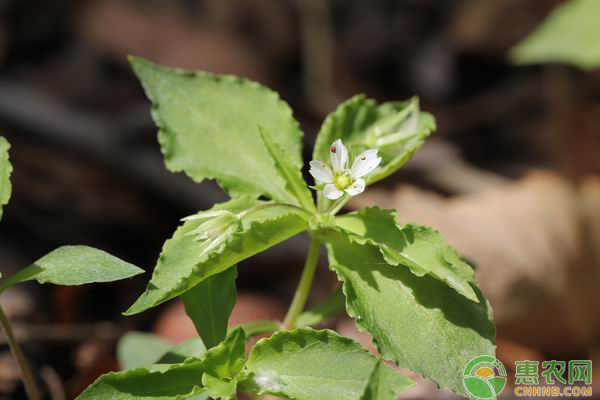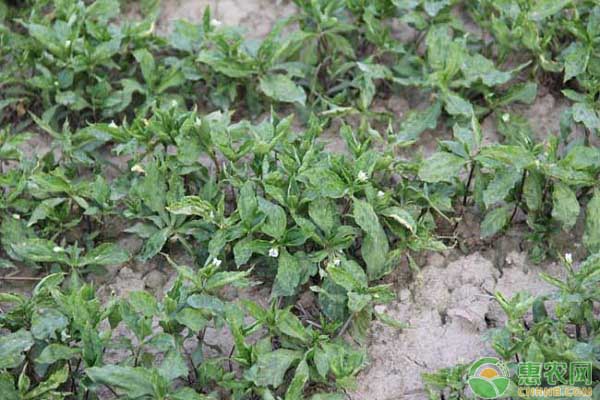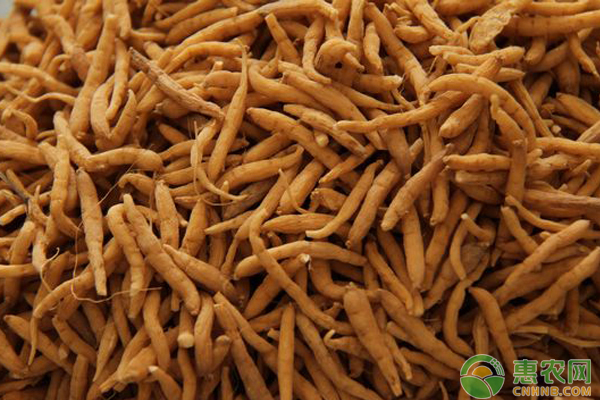Taizishen is a kind of ginseng. It is a traditional Chinese medicine that is rich in nutrients. It has the effect of replenishing spleen and lungs and replenishing vital energy. So how is the cultivation of Pseudostellaria? Let's take a look at the characteristics, cultivation techniques and harvesting methods of Radix Pseudostellariae.

I. Botanical characteristics of Radix Pseudostellariae
Perennial perennial herb with a plant height of 15-20 cm. The root is spindle-shaped, fleshy, with a light yellow skin and sparse roots. Stems erect, lower purple, nearly square, upper round, green, slightly enlarged. Leaves opposite, subsessile, lower leaves oblanceolate, upper ovate-lanceolate to long-ovate, lanceolate lanceolate lanceolate. Flowers axillary, 2-loculed; stalk lower flowers, stalks pubescent, pubescent, bracts 4--------------------------------------------------- Hair, 5 petals, obovate, apical 2-toothed. Capsules subglobose, 5-valved at maturity. The seeds are oblate and have a braided projection. Flowering period from April to May, fruiting period from May to June.
Second, function, composition and distribution
The baby is a perennial herb of the Dianthus family, also known as the exotic leaf. Into the dry roots, the medicine name is Taizishen. The ginseng is slightly warm, sweet and bitter. It has the effects of supplementing the lungs and strengthening the spleen. It treats lung deficiency and cough, spleen deficiency, palpitations, night sweats, mental fatigue and other symptoms. In recent years, it has also made new progress in the treatment of hepatitis, diabetes, coronary heart disease, angina pectoris, hyperthyroidism and lymphatic tuberculosis.
The root contains a variety of sterols, including β-sitosterol, myristene-3β alcohol, D7-myristen-3-O-β-D-glucopyranoside, carotenoid, ginseng saponin A and sharp-leaf Dianthus saponins, in addition to the polysaccharides of P. chinensis, volatile oils (with the highest sterol content), fatty acids, oils, phospholipids, cyclic peptides, amino acids and trace elements.
Distributed in East China, Central China, North China, Northeast China and Northwest China. Mainly produced in Fujian, Jiangsu, Anhui, Shandong, Zhejiang, Shanghai and other places, multi-line cultivation.
Third, biological characteristics
(1) Division of growth period and birth period
1. Division of birth period, germination period, vigorous growth period, and root enlargement period.
(2) Seed characteristics
1. Seed dormancy characteristics: low temperature breaks dormancy; 2. easily falls off after maturity.
(3) Root growth and development characteristics
1. Low-temperature growth and germination; 2. Rooting of stems; 3. Early rooting, early roots and root length, mainly increased root thickness and root weight in mid-May; 4. Correlation with aboveground
(4) Stem and leaf growth characteristics
1. Branching on the ground; 2, the growth amount reaches a peak in mid-June; 3. The high temperature exceeds 30 degrees to stop growing.
(5) Characteristics of summer sleep
After the summer solstice, the stems and leaves on the ground are yellow, the new roots are separated from each other, and the mixed buds at the top of the roots are differentiated and enter the dormant summer stage.

Fourth, growth and development and environmental conditions
(1) Soil conditions
1. Soil type: sandy loam.
2. Soil pH: neutral.
3. Soil fertility: The soil layer is deep, loose and fertile.
(2) The temperature is afraid of high temperature.
(3) Light is afraid of glare exposure
(4) The water is wet and afraid of cockroaches.
V. Cultivation techniques
(1) The conditions for selecting and irrigating irrigation and drainage are good, and the soil layer is deep. Before the soil is loose and fertile, it is not suitable to choose tobacco or vegetables.
(2) Deep-cultivation of the ground is 20~30cm, the base fertilizer is applied, and the sputum is fine and flat. It is made into a bow-shaped ridge with a width of 1~1.3m and a height of 17~23cm, and the sulcus is 33cm.
(three) sowing
1. Variety selection: large leaf species, small leaf species, small lotus roots, and large roots.
2, seeding method:
(1) Seed seedlings
Naturally landing, after harvesting the ginseng, leveling the noodles, and managing after emergence in the next year; or after collecting the ginseng, scraping the surface layer of the glutinous surface and sprinkling it on other plots; or collecting the seeds and planting them on the whole surface; Or mix well with moist fine sand and sown after low temperature treatment.
(2) Root-propagation 1 selection; 2 timely planting; 3 oblique planting; 4 flat planting method. (4) Field management
1. Cultivating soil
2, weeding
3. Fertilization: applying base fertilizer
4, irrigation and drainage
5. Pest control
A, leaf spot
B, mosaic virus disease
C, rust, spot disease, purple feather disease, chalk disease, anthracnose, blight, downy mildew
D, white ants, cockroaches, crickets, golden worms and locusts.

Sixth, keep seed
(1) In situ retention method
The ginseng which grows well in the plant is retained in situ. Dig when you are planting. In the cultivating land, the corn or the noodles should be shaded. In addition, the noodles should be kept flat to prevent human and animal trampling, no weeding, and water accumulation.
(2) Sand retention method
It is advisable to choose a cool and dry place in the hospital. First disinfect the ground and the wall with 15% to 20% lime water, then spread the clean sand 5~10cm, the sand surface is 3.5cm, and then cover the sand 5~10cm. Discharge 4 to 5 layers. During the sand storage, the indoors should be kept ventilated and ventilated, and the water should not be too high. Look at it every 15 to 20 days to prevent the germs from breeding and causing rotten species.
7. Harvesting, processing and storage
(1) Harvesting
In the middle and late June (before and after the summer solstice), about 50% of the aboveground part was harvested when the seedlings were withered. The harvest should be timely, premature, the ground part has not withered, affecting the accumulation of chemical constituents of the roots; too late, often caused by excessive rainfall.
(2) Processing
1. "Brighting" method: Remove the fresh stems from the remaining stems and leaves, pick up the impurities, wash them with water, remove them, and expose them to sunlight.
2, "hot drying" method.
(3) Storage
Taizishen has high starch content and is susceptible to moisture, discoloration and insects in summer, so it should be stored in a ventilated and dry place or a lime tank. Generally, when the water content meets the requirements and the relative humidity of the environment is less than 78%, it can be safely summer and checked regularly.
-86C Freezer
86C Freezer,Low Temp Vaccine Storage Fridge,Lab Low Temp Vaccine Storage,Low Temperature Deep Freezer
Guangdong Widinlsa International Co.Ltd , https://www.gdwidinlsa.com